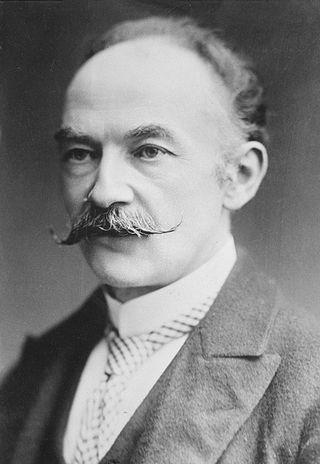
Thomas Hardy was an English novelist and poet. A Victorian realist in the tradition of George Eliot, he was influenced both in his novels and in his poetry by Romanticism, including the poetry of William Wordsworth. He was highly critical of much in Victorian society, especially on the declining status of rural people in Britain such as those from his native South West England.

Dorchester is the county town of Dorset, England. It is situated between Poole and Bridport on the A35 trunk route. A historic market town, Dorchester is on the banks of the River Frome to the south of the Dorset Downs and north of the South Dorset Ridgeway that separates the area from Weymouth, 7 miles (11 km) to the south. The civil parish includes the experimental community of Poundbury and the suburb of Fordington.

The Mayor of Casterbridge: The Life and Death of a Man of Character is an 1886 novel by the English author Thomas Hardy. One of Hardy's Wessex novels, it is set in a fictional rural England with Casterbridge standing in for Dorchester in Dorset where the author spent his youth. It was first published as a weekly serialisation from January 1886.

Flagstones is a late Neolithic interrupted ditch enclosure on the outskirts of Dorchester, Dorset, England. It derives its name from having been discovered beneath the site of the demolished Flagstones House. Half of it was excavated in the 1980s when the Dorchester by-pass was built; the rest of it still exists under the grounds of Max Gate, Thomas Hardy's house.
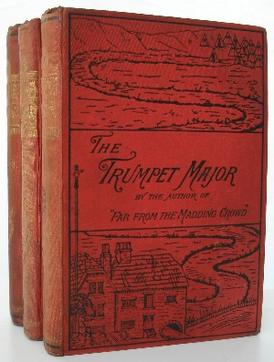
The Trumpet-Major is a novel by Thomas Hardy published in 1880, and his only historical novel. Hardy included it with his "romances and fantasies". It concerns the heroine, Anne Garland, being pursued by three suitors: John Loveday, the eponymous trumpet major in a British regiment, honest and loyal; his brother Bob, a flighty sailor; and Festus Derriman, the cowardly nephew of the local squire. Unusually for a Hardy novel, the ending is not entirely tragic; however, there remains an ominous element in the probable fate of one of the main characters.

Overcombe is an coastal area in Preston in south Dorset, England, situated on top of cliffs 2 miles (3.2 km) northeast of Weymouth. The River Jordan flows in the vicinity.

Athelhampton is a settlement and civil parish in Dorset, England, situated approximately 5 miles (8 km) east of Dorchester. It consists of a manor house and a former Church of England parish church. Dorset County Council's 2013 mid-year estimate of the population of the civil parish is 30.
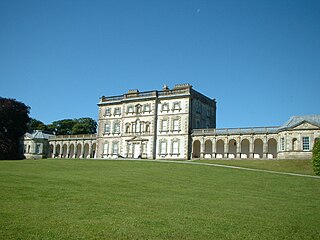
Florence Court is a large 18th-century house and estate located 8 miles south-west of Enniskillen, County Fermanagh, Northern Ireland. It is set in the foothills of Cuilcagh Mountain. The nearby village is distinguished by the one-word name Florencecourt. It is owned and managed by the National Trust and is the sister property of nearby Castle Coole. The other National Trust property in County Fermanagh is the Crom Estate.

Thomas Hardy's Wessex is the fictional literary landscape created by the English author Thomas Hardy as the setting for his major novels, located in the south and southwest of England. Hardy named the area "Wessex" after the medieval Anglo-Saxon kingdom that existed in this part of that country prior to the unification of England by Æthelstan. Although the places that appear in his novels actually exist, in many cases he gave the place a fictional name. For example, Hardy's home town of Dorchester is called Casterbridge in his books, notably in The Mayor of Casterbridge. In an 1895 preface to the 1874 novel Far from the Madding Crowd he described Wessex as "a merely realistic dream country".

The Thomas Hardye School is a secondary academy school in Dorchester, Dorset, England. It is also part of the DASP group.

The Executive Residence is the central building of the White House complex located between the East Wing and West Wing. It is the most recognizable part of the complex, being the actual "house" part of the White House. This central building, first constructed from 1792 to 1800, is home to the president of the United States and the first family. The Executive Residence primarily occupies four floors: the ground floor, the state floor, the second floor, and the third floor. A two-story sub-basement with mezzanine, created during the 1948–1952 Truman reconstruction, is used for HVAC and mechanical systems, storage, and service areas.
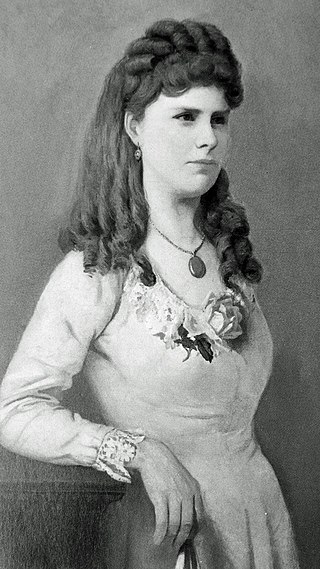
Emma Lavinia Gifford was an English writer and suffragist, who was the first wife of the novelist and poet Thomas Hardy.

Thomas Hardy's Cottage, in Higher Bockhampton, Dorset, is a small cob and thatch building that is the birthplace of the English author Thomas Hardy. He was born there in 1840 and lived in the cottage until he was aged 34—during which time he wrote the novels Under the Greenwood Tree (1872) and Far from the Madding Crowd (1874)—when he left home to be married to Emma Gifford.

Florence Emily Dugdale was an English teacher and children's writer, who was the second wife of the novelist and poet Thomas Hardy. She was credited as the author of Hardy's posthumously published biography, The Early Life and Later Years of Thomas Hardy, although it was written by Hardy himself in his old age.
Norrie Woodhall was an English actress who was the last surviving member of the Hardy Players, an amateur theatrical group based in Dorchester, Dorset, that formed in 1908 to perform dramatisations of the works of novelist Thomas Hardy.
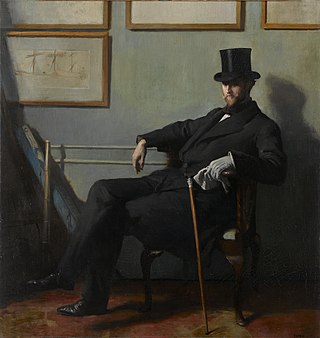
Herbert Barnard John Everett, was an English painter.
Gertrude Bugler was a British stage actress of the Edwardian Era best known for acting in plays adapted by Thomas Hardy.
Sir Henry Hugh Arthur Hoare, 6th Baronet was an English landowner, best known for his restoration of the country house at Stourhead in Wiltshire, following a fire in April 1902. Prior to his death he donated the house and gardens to the National Trust.
Mary Channing was an English woman from the county of Dorset. Channing is known for being convicted of poisoning her husband and being burnt at the stake.
The Hardy Players (1908–1928) was an amateur theatrical company, based in Dorchester, Dorset. The novelist Thomas Hardy adapted his novels for live performance in collaboration with the group. In some cases he made major changes to the story, such as changing the ending of The Trumpet Major, truncating Return of the Native and making other changes to the text to better fit dramatisation. Hardy wrote his play The Famous Tragedy of the Queen of Cornwall specifically to be performed by the Hardy Players.
















